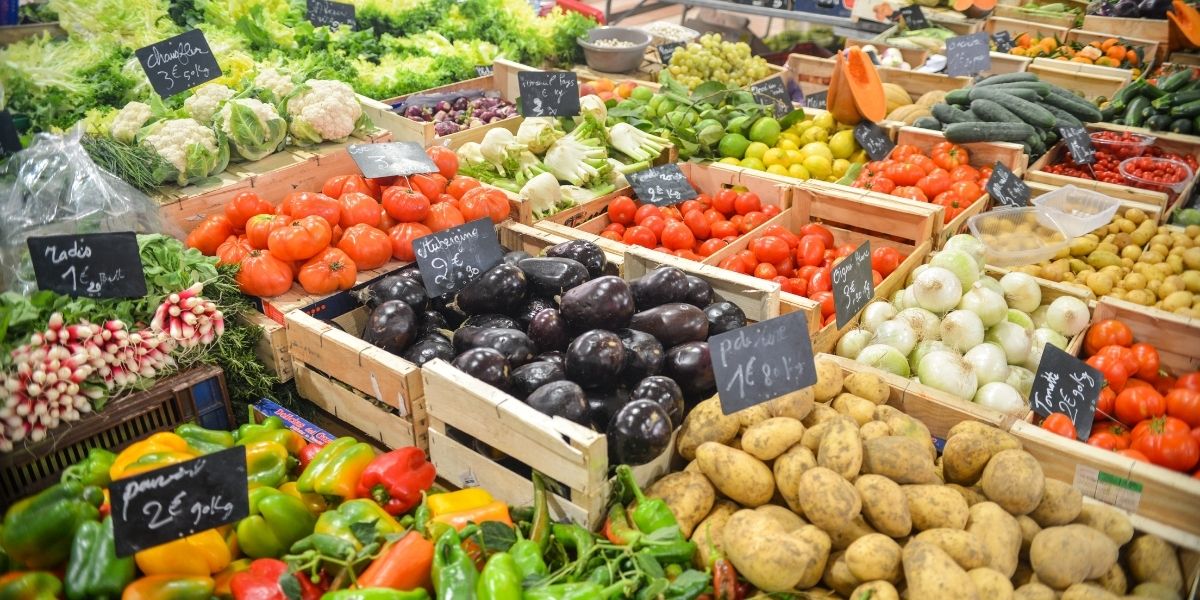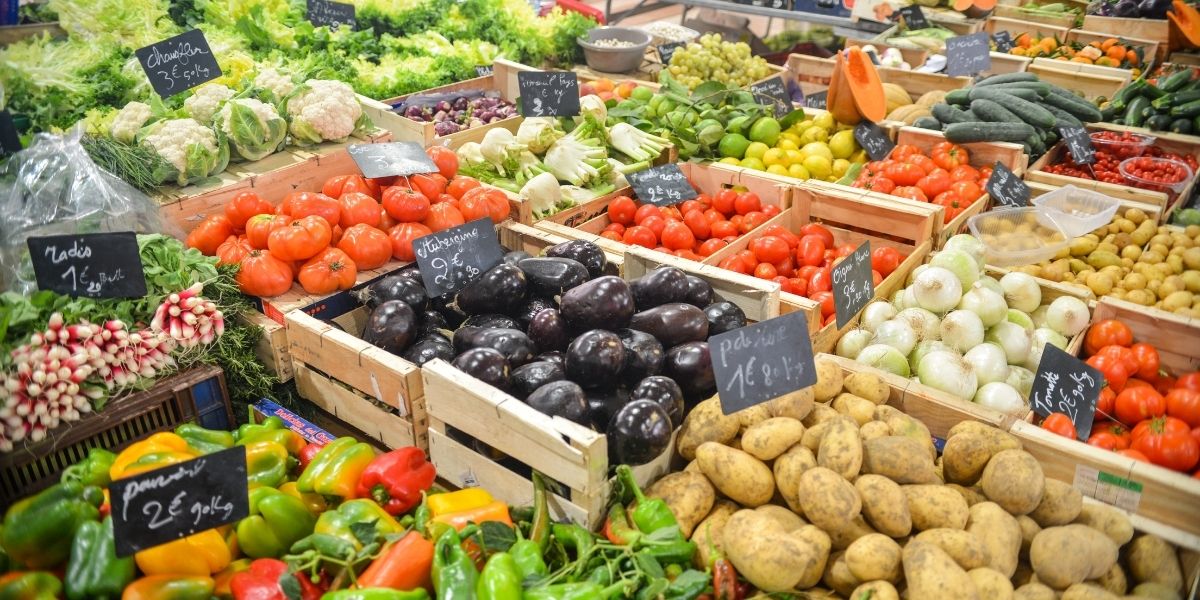Global events, ranging from natural disasters to geopolitical tensions, can have a profound impact on food prices worldwide. While most of us may not immediately see the connection between global events and our grocery bills, the reality is that these events play a significant role in shaping the prices we pay at checkout. Let’s explore how various global events influence food prices and how consumers can better understand these shifts.
The Global Factors That Drive Food Price Changes
Food price fluctuations are often influenced by a combination of factors that occur on a global scale. From weather patterns to political instability, here are the key events that contribute to rising food prices:
- Natural Disasters: Hurricanes, droughts, and floods can devastate crops, particularly in key agricultural regions. These events reduce the supply of produce, leading to higher prices for affected items.
- Pandemics & Health Crises: The COVID-19 pandemic significantly impacted food production and supply chains. Labor shortages, factory closures, and travel restrictions disrupted the availability of both raw materials and finished food products.
- Geopolitical Unrest: Conflicts in key agricultural regions can impact global food trade. Political instability, such as trade wars or sanctions, can lead to higher costs for imported goods, affecting food prices worldwide.
- Climate Change: Longer-term changes in climate patterns are altering growing seasons and crop yields. Unpredictable weather events, including heatwaves and frost, can disrupt harvests, causing prices to spike for certain foods.
We are excited to be networking with a variety of industries, including PlumberChat, MapAttorney.com, MapDr.com, MapDentist.com, DentalCoupons.com, DentistList.com, DentalChat.com, and TeleDental.com. It’s a great time to connect with us and expand your network!
How Climate Change and Natural Disasters Are Impacting Your Grocery Bill
Climate change and natural disasters are not just environmental concerns—they are economic ones too. Rising temperatures, changing rainfall patterns, and extreme weather events can reduce crop yields and livestock production. For example, heatwaves can scorch wheat fields, while droughts impact water availability for irrigation, leading to a reduction in produce harvests.
Farmers are also facing rising costs for seeds, fertilizers, and water. These costs are often passed down to consumers, making the price of food items more expensive. Studies predict that global food prices could rise by up to 20% in the next decade due to climate change, particularly for staple items like grains, fruits, and vegetables.
The Pandemic’s Long-Term Effect on Global Food Prices
The COVID-19 pandemic caused widespread disruption in food production and distribution. While many regions are recovering, the pandemic’s effects are still being felt in 2025. Global supply chains are taking longer to recover, meaning that some food items are more expensive to produce and transport. This has resulted in a longer-lasting impact on food prices, particularly for imported products.
Consumers are also adjusting to changes in packaging and availability. Shortages in certain food categories—like meat and dairy—continue to impact both the price and availability of these items.



